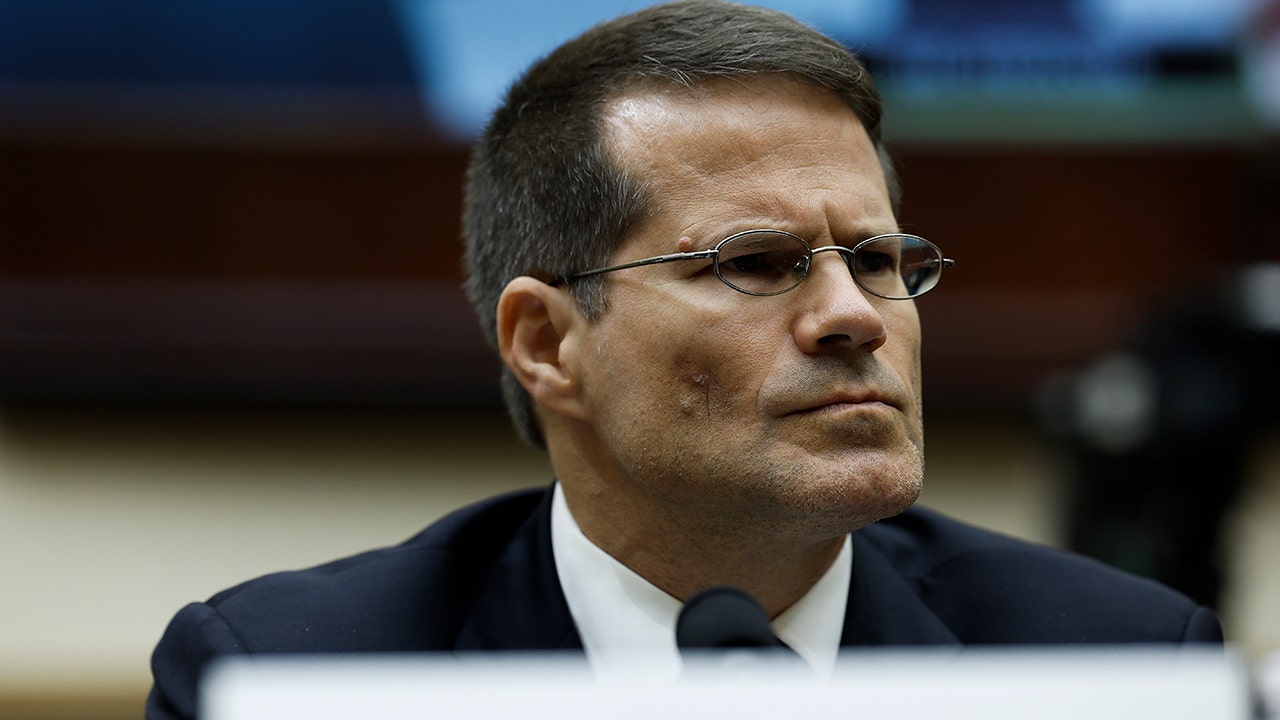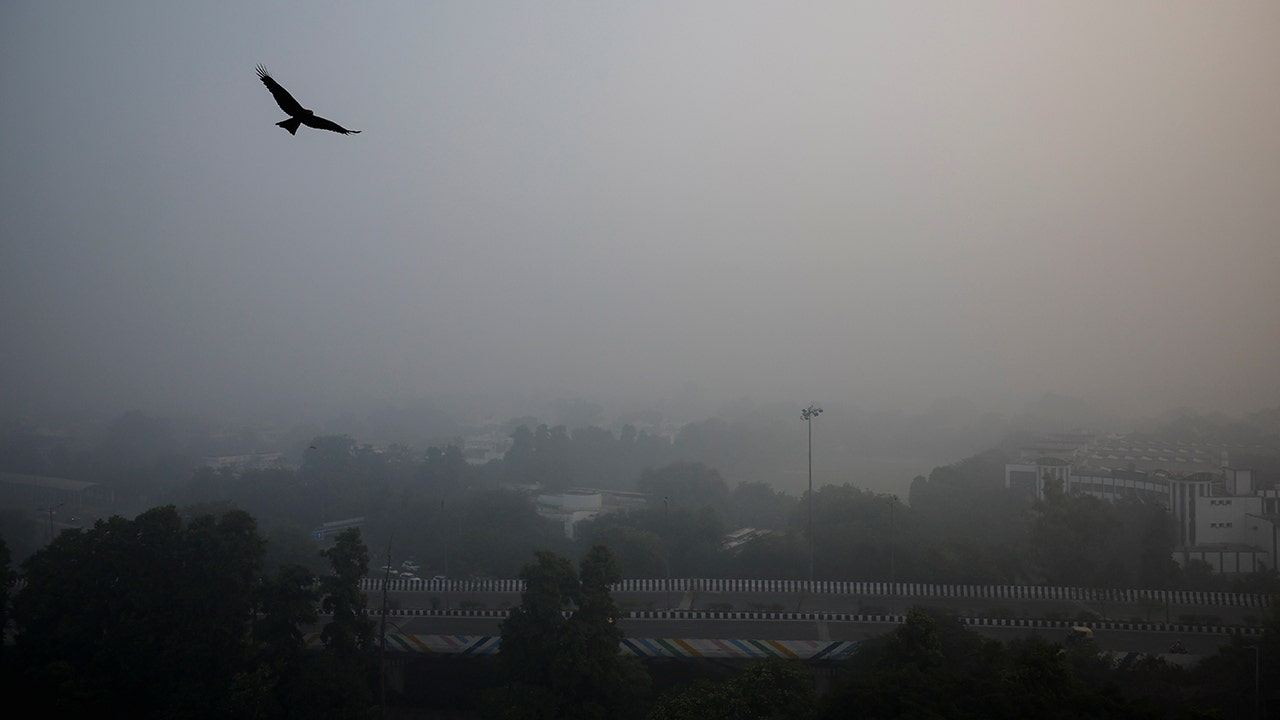An emergency landing on Friday of an Alaska Airlines Boeing 737 Max 9 jet in Portland, Ore., led the Federal Aviation Administration to order some U.S. airlines to stop using some Max 9 planes until they are inspected. The order will affect about 171 planes owned by Alaska, United and other airlines. The episode also raised troubling new questions about the safety of a workhorse aircraft design dogged by years of problems and multiple deadly crashes.
No one was seriously injured in Friday’s incident. The jetliner returned to the airport in Portland shortly after the plane’s fuselage broke open in midair, leaving a door-size hole in the side of the aircraft.
Within hours of the episode, Alaska Airlines said it would ground all 65 of the Boeing 737 Max 9 aircraft in its fleet until mechanics could carefully inspect each plane. Later on Saturday, the F.A.A. ordered the temporary grounding of planes in some other airlines’ fleets.
The National Transportation Safety Board also said it was investigating the cause of the incident. Jessica Kowal, a spokeswoman for Boeing, said in a statement, “We agree with and fully support the F.A.A.’s decision to require immediate inspections of 737-9 airplanes with the same configuration as the affected airplane.”
And while the particular technical issue that led to Friday’s scare appeared unique, Boeing’s 737 Max airliners have perhaps the most worrisome history of any modern jetliner currently in service.
What happened on Friday?
Alaska Airlines Flight 1282, which was carrying 171 passengers and six crew members bound for Ontario, Calif., made an emergency landing at the Portland airport on Friday evening 20 minutes after takeoff.
Passengers on the flight reported hearing a loud sound before noticing that a section of the fuselage had opened up in midair.
While the F.A.A. has yet to publicly discuss the cause of the incident, in its grounding order to the airlines, it asked that they inspect what it called a “mid cabin door plug.” When a plane does not need all of the emergency exits it was originally designed for, the unneeded exits are filled with a plug. But what might have caused the separation is still unclear.
The plane involved in Friday’s incident was virtually new by commercial airline standards. It had been first registered in November and had logged only 145 flights.
What’s the history of the 737 Max?
Two crashes involving Boeing 737 Max 8 aircraft killed a total of 346 people in less than five months in 2018 and 2019. Both crashes were later associated with a malfunctioning system that overrode pilot commands.
Those crashes led to a global grounding of Boeing 737 Max planes, parking hundreds of aircraft on tarmacs around the world for nearly two years while engineers worked to identify and solve the problem so that regulators could recertify the planes.
The first crash took place in October 2018, when a jetliner carrying 189 people from Jakarta, Indonesia, plummeted into the Java Sea only minutes after takeoff. Four months later, another 737 Max, this one flown by Ethiopian Airlines, crashed right after takeoff on its way to Addis Ababa, killing all 157 people on board, including the flight’s eight crew members.
Days later, President Donald J. Trump announced that American regulators would temporarily halt all flights by the Boeing 737 Max while investigators, and Boeing, sought to determine how a software system that was supposed to make the plane safer instead played a role in the catastrophes.
U.S. regulators were among the last to ground the model, but did so after pressure mounted and as 42 other countries took the drastic step to prevent further crashes.
Reporting by The New York Times and others eventually revealed competitive pressure, flawed design and problematic oversight had all played a role in the troubling history of the plane, Boeing’s best selling jet ever, and one with hundreds of billions of dollars in advance orders from airlines around the world when it was grounded.
What was the fallout?
Boeing agreed to pay $2.5 billion in a settlement with the Justice Department in 2021 to resolve a criminal charge that it had conspired to defraud the Federal Aviation Administration, which regulates the company and evaluates its planes.
In 2022, Boeing paid $200 million more in a deal with U.S. securities regulators over accusations that the company had misled investors by suggesting that human error was to blame for the two deadly crashes, and omitting the company’s concerns about the plane.
By the time the planes were recertified 20 months after the crashes in Indonesia and Ethiopia, Boeing estimated the crisis had cost the company $20.7 billion.
Which airlines use the 737 Max 9?
Part of Boeing’s single-aisle 737 Max series, the Max 9 can carry as many as 220 passengers, depending on its seating configuration. United Airlines has 79 Max 9s in service, the most of any airline, according to Cirium, an aviation analytics company. All told, there are 215 Max 9 aircraft in service around the world, Cirium said. United and Alaska Airlines have about a third of them.
Other companies flying the Max 9 include Copa Airlines of Panama and Aeromexico in the Americas, SCAT Airlines out of Kazakhstan, Iceland Air, Turkish Airlines, and FlyDubai.
A spokesperson for FlyDubai said that the three 737 Max 9 airliners in its fleet completed their necessary safety checks in the last 24 months and that the company was awaiting guidance from Boeing before carrying any further inspections.
What happens next?
Major aviation safety incidents, including ones that do not produce injuries or loss of life, typically prompt immediate reviews by regulators in the United States, the European Union and China.
Safety investigations are usually handled by officials in the country where the incident occurred, in cooperation with officials from the country where the aircraft was made.
The investigators look at everything: the aircraft’s design; its manufacture, maintenance and inspection history; weather; air traffic control decisions; and actions by the flight crew. They look for causes of an incident as well as lessons for aviation safety.
In the case of the Alaska Airlines incident, the plane was manufactured in the United States and lost a fuselage section while flying in the United States. So the National Transportation Safety Board will be the lead agency responsible for investigating the incident.
Safety investigations can take many months. They involve technical experts from the government, from the airline that operated the aircraft, from labor unions and from the aircraft’s manufacturer — in this case, Boeing.
The safety board consults closely with the Federal Aviation Administration, which certifies the airworthiness of aircraft. If evidence emerges that an aircraft defect contributed to a safety incident, the F.A.A. may order that the model be grounded until inspections or repairs are made.
The F.A.A. does not need to wait for the safety board’s report before deciding whether to ground an aircraft model or order prompt inspections. Airlines typically rush to check their aircraft anyway as soon as they know what to look for.
What does the grounding mean for air travelers?
The grounding of one of the industry’s main workhorses could put a strain on travelers as airlines sometimes have to cancel flights because they lack the aircraft to replace the grounded model.
United said that the groundings would cause cancellations of 60 flights, a small fraction of its schedule, on Saturday alone. In the case of Alaska Airlines, the 65 737 Max 9s that are grounded pending inspection represent 28 percent of the company’s fleet of Boeing 737 planes. The company also flies the smaller Embraer E175, but with less than half the seats of the Boing 737, it is unlikely to be able to pick up all of the slack.
As of midday on Saturday, Alaska Airlines had canceled about 100 flights, or 13 percent of those scheduled for the day, according to FlightAware, a flight tracking website.





